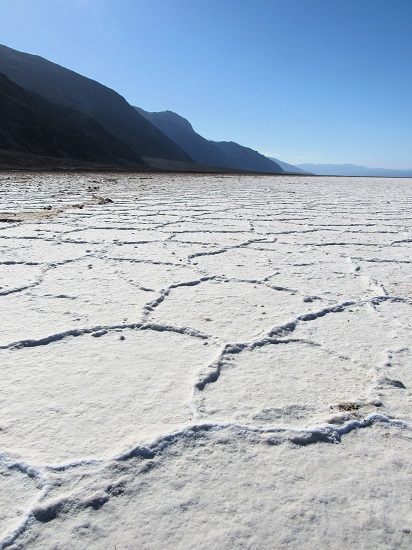Root Creek Trail – Castle Crag’s State Park
November 10, 2018
Castle Crags State Park is a gem that I would like to visit again. There is a campground and hiking trails, along with views of the Sacramento River. The Castle Crags themselves are 6000 foot tall granite spires that are over 170 million years old! The way that they jut out is pretty incredible to see. There is a short quarter-mile trail leading to Vista Point, and spectacular views of the Castle Crags and Mount Shasta.
From Vista Point we also hiked the 3.1 mile long out and back Root Creek Trail. It is an easy trail with a view of Root Creek at the end, and some old mining or logging equipment that was left behind.
Sadly, in 1853, a rumor got started that the Castle Crags area had a successful gold mine. So many hopeful prospectors clogged up the area and littered the Sacramento River with their debris. Unfortunately this led to a failure of the fall salmon run the next year, and the Okwanuchu Shasta, Wintu, Achumawi and Modoc people who lived in the area were starved to death by the hundreds that winter. This led several Modocs to steal flour from the white settlers, and the conflict escalated into the Battle of the Crags in 1855. Modoc Chief Dorcas Della was killed. All that bloodshed, and the gold miners left shortly after, because they didn’t find any gold.
Living Memorial Sculpture Garden, Siskiyou County, CA
November 24, 2018
This sculpture garden is located near Weed, California. It was created in 1988 by a group of veterans, and is maintained with an agreement with the USDA Forest Service. It honors veterans from all wars with a memorial wall, a Hot LZ wall and sculpture garden. If you don’t know the terminology, Hot LZ stands for Hot Landing Zone. However, the wall honors all veterans, not just pilots, and new names are added twice a year. The garden contains about a dozen sculptures by Dennis Smith, a Marine Corps Sergeant during the Vietnam War. It is peaceful to walk among the sculptures while you reflect upon the sacrifices made by these courageous men and women.
There is also a beautiful view of Mount Shasta at the Living Memorial. Of course, there aren’t a lot of places in Siskiyou County where there isn’t a stunning view of the mountain.
Pluto’s Cave, Klamath National Forest, Siskiyou County, CA
November 24, 2018
Pluto’s Cave is a partially collapsed lava tube in Siskiyou County north of Weed, California. The lava flowed from a vent about 8 miles northeast of the cave about 190,000 years ago. This makes Pluto’s Cave a really old lava tube, as most of them don’t last this long, geologically speaking. The semi-arid climate of northern California slows erosion. Pluto’s Cave has a large diameter for a lava tube also, larger than many of the caves on the Hawaiian islands.
It is a 0.3 mile hike from the parking lot, although honestly it didn’t feel that long. Once there, explorers can venture about 1200 feet into the cave. We went in late November, over the Thanksgiving Day weekend, and it was still warm enough that I had to shed some layers! It was neat to be able to see the evidence of the lava flow, and explore the lava rock in the cave. This hike was definitely a hit with the kids and the short hike and the size of the cave meant that it didn’t take too much time to visit and see the cave.

















































































































